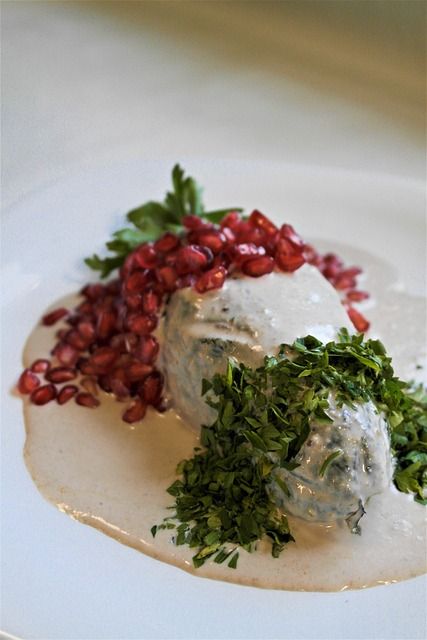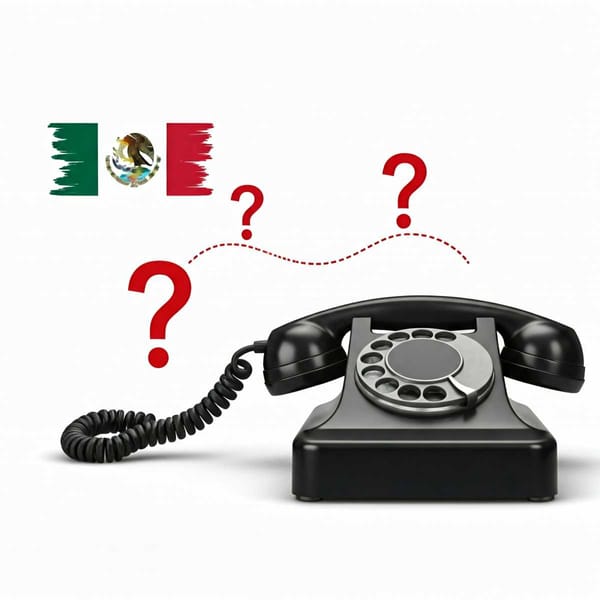Mexican cuisine at its finest: chile en nogada
In Mexican gastronomy, there is a dish that represents the history of Mexico, chile en nogada. The colors give it away, the flavor distinguishes it and its elaboration wins the love.

There is a dish in Mexican food that represents the history of the country. The colors give it away, the taste sets it apart, and the way it's made makes you fall in love with it. When you eat chile en nogada, which is a seasonal treat in August and September, you get a taste of the whole country. Some Mexicans call this dish, which is an icon of Mexican food and can be eaten in August and September when all of its ingredients are in season, a divine ecstasy.
The ingredients for chile en nogada are roasted poblano peppers that have been peeled and filled with ground beef or pork, tomato, onion, garlic, nuts, almonds, pine nuts, and spices. They are covered in a walnut sauce and topped with red pomegranate seeds and parsley leaves. This tasty food comes from the town of San Andrés Calpan in the state of Puebla, which is about 130 kilometers (80 miles) east of the country's capital. Its roots go back to the early days of Mexico's independence (1810-1821).
Guadalupe Medina, a cook from San Andrés Calpan, says, "It is a 100% traditional poblano dish." "Its design is based on the Mexican flag, which is made up of a white walnut, a red pomegranate, and parsley," she says. On the slopes of the Popocatepetl volcano, farmers grow the food that goes into this dish. The Creole peach, the milk pear, the apple biscuit, the native poblano chile, and the walnut of Castile are grown on these lands.
"Every year we come and take chili peppers to Oaxaca, it's a wonderful presentation, to see our colors represented on a plate," says Concepción Galindo, originally from the Mexican state of Oaxaca.
The walnut, which comes from the walnut of Castile, is the most important part of the dish. Calpan is known as the "cradle of the walnut of Castile" because it was the first place in the Americas where walnuts were grown. Even though the seasonings and some of the ingredients may be different in each kitchen, the preparation is mostly the same. First, the poblano chiles need to be roasted and peeled carefully so they don't break because they will be stuffed later.
The traditional way is for everyone in the family to help. While one person roasts the chiles, the others chop all the ingredients for the filling. Most of the time, making the walnut is the last step. Most of the difference between sweet and salty tastes and smells comes from the chili filling, which is made by mixing ground meat with fruit, tomato, garlic, onion, almonds, raisins, and even nuts. Once the chiles have been cooked over low heat, stuff them. The last touch is walnut, which is made with walnuts from the area. Adding pomegranate seeds and parsley leaves to the dish's decoration gives it a patriotic touch.
Faustina has been making chili peppers in the walnut sauce since she was 9 years old. She is 58 years old and is known in the area for her spices. People who come to the fair tell Doña Tina, as she is known, that the seasoning is the best of the whole fair. She gives God thanks for her cooking skills and uses the chance to invite people to the traditional Feria del Chile en Nogada de Calpan. Faustina won the prize for "best-seasoned cook" at traditional Chile en Nogada Fair, which is held every year in August and gets an average of 170,000 people each year.

The origins of Chiles en Nogada from Puebla
There are different stories about how chiles en nogada came to be on the table in Mexico. Agustin de Iturbide signed the Act of Independence of Mexico and the Treaties of Cordoba in 1821, which is when it was made. Some say that when the Augustinian Mothers of the Convent of Santa Monica in Puebla heard that Don Agustin would be there on August 28 to celebrate his saint, they made a dish with the colors of the Trigarante Army flag: green, white, and red. This was the month when walnuts and pomegranates were harvested in Puebla. So, they thought a lot and came up with this great dish.
They roasted some poblano peppers, peeled them, and cleaned them inside and out very well. Then, they filled them with a mince made of pork, tomato, onion, garlic, seasonal fruits, nuts, almonds, pine nuts, and different spices. All that was left to do was make the sauce to go on top of them, and what better way to be creative than to use fresh walnuts?
How did it happen? Who knows! What matters is that the recipe has stayed the same and that it is now a part of Mexican culture that is known all over the world.
First, they perfectly peeled the walnuts, taking off every bit of the thin skin that covers them. Then, they ground the walnuts with fresh cheese and a little sugar in a metate, added milk and a little sherry wine, and it was ready: not too thick, not too thin, and just the right consistency to cover the chiles. To make the colors of the flag, the chiles were dipped in beaten egg and fried. They were then put on plates, doused with sauce, and topped with red pomegranate seeds and parsley leaves.
The writer Artemio del Valle Arizpe, on the other hand, says that three soldiers in Don Agustin's regiment had girlfriends in Puebla. They wanted to welcome them with a special dish that had the colors of their uniforms, which were the colors of the flags of the three Guarantees: white for religion, green for independence, and red for the union. Each person looked for the color-matched ingredient because they didn't want to use a recipe book. They asked the Virgin of the Rosary and San Pascual Bailon for help, and then they started cooking. We already know what happened next.




